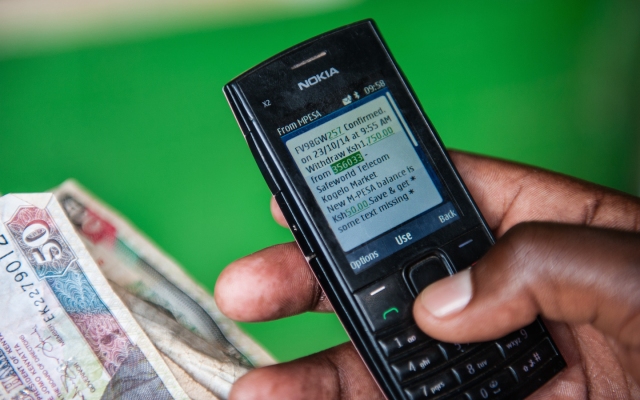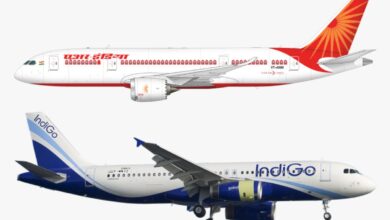Mobile overdraft facility Fuliza outshines Silicon-Valley backed lending apps in Kenya

Mobile overdraft facility Fuliza outshines Silicon-Valley backed lending apps in Kenya
A digital mobile overdraft facility christened Fuliza, by Kenya’s biggest telco Safaricom Plc, is giving the country’s popular loan apps a run for their money barely three years after its launch.
Fuliza allows Safaricom customers to access unsecured credit by overdrawing on M-Pesa – the telecommunication’s mobile money wallet that allows its users to pay bills, send, receive and withdraw money through their phones.
The uptake of Fuliza is currently at 18.3% across the country while that of loan apps decreased by 6.2 percentage points to 2.1% in the last two years, a study by the country’s monetary authority, Central Bank of Kenya (CBK) shows.
The latest bi-annual Finaccess Household Survey report said digital loan apps experienced the largest decline in usage when compared to other financial products and services by credit-unions, banks and microfinance institutions.

“This may be explained by competition from formal digital credit products like Fuliza, (and) unfair debt collection practices by the digital loan apps,” said the report.
The report also said that a directive by the CBK, barring unlicensed digital lenders from sharing the personal details of loan defaulters with credit reference bureaus (CRBs), may have deterred the apps from lending to customers viewed as risky.
Additionally, the uncertainty around the regulation of the apps by the CBK during the Covid-19 peak may have prevented them from extending credit to new borrowers. A bill on the regulation of digital lenders was tabled before Kenya’s legislative assembly and was just this month signed into a law.
The Digital Lenders Association of Kenya, which represents about 25 digital lenders out of the over 100 operating in Kenya, told TechCrunch in a past interview that its members generally give out loans worth $40 million every month, an amount that was, however, halved during Covid.
Fuliza, which is formally registered and licensed, operates in partnership with two local banks – KCB and NCBA. The product seems to have filled the mobile lending void obstructed by regulation, and has has now stepped-up competition for mobile loan apps like the Silicon-valley backed Branch, which launched in Kenya in 2015, and the pay-pal supported Tala, which set-up operations in the country in 2014 – one of the first digital lenders to enter the East African country.

According to a Safaricom report, the telco extended $3.1 billion in Fuliza credit during the 2020/21 financial year, a 43 percent increase from the previous year. This translates to an estimated $12 million credit that Fuliza extends to Kenyans every day. Safaricom has 23.8 million M-Pesa customers.
The genesis of mobile lending in Kenya can be traced back to 2012, when Safaricom launched M-Shwari, a mobile-based savings and loans product, that is still running in partnership with NCBA Bank. Since then, Kenya has experienced a flurry of digital and micro-lending apps, amounting to hundreds.
Loan apps and facilities such as Fuliza offer instant collateral free credit, overshadowing loans by conventional banking facilities, which go through lengthy approval processes, while mostly requiring extensive collateral. These fintech innovations may also be one of the reasons why Kenya’s formal financial inclusion is at 83.7% in 2021 from 26.7% in 2006.
However, while the lending apps have provided credit relief to people left out by the formal banking sector, they have operated in an unregulated environment for years until a fortnight ago when the president signed a new law giving CBK the authority to license and oversee their operations.
The lack of regulation has left gaps for predatory pricing, with some of the apps charging annualized interest rates exceeding 800%, leaving many borrowers impoverished.
Debt crisis
The Fin-access report states that half (50.9%) of the surveyed respondents had failed to repay loans sourced from the lending apps.
“The top three credit providers where a majority of respondents reported to have defaulted on a credit facility are; mobile banking loan (including Fuliza), digital apps loan and loan from family/friend/neighbor,” said the report.
Among the leading concerns for borrowers was the high cost of accessing and maintaining the loans due to the exorbitant interest rates by the mobile lenders. Unexpected charges, mostly imposed after repayment default, and a lack of transparency in pricing and other charges beforehand were also cited as worrisome issues.
To fix the problem of hidden charges,the country’s competition authority communicated that it will from June next year require all digital lenders to disclose their full fees and penalties every four months.
Besides, with the newly-passed law, lenders are compelled to apply for licenses from the CBK, as compared to previously, when they only had to register to set up operations.
They are also instructed to observe customer confidentiality and not share data with third parties– usually debt collectors. The latter requirement, especially, shields borrowers from rogue digital lenders that use debt shaming tactics when collecting monies owed to them by borrowers. Non-compliance will lead to the revocation of licenses.
Source: TechCrunch




